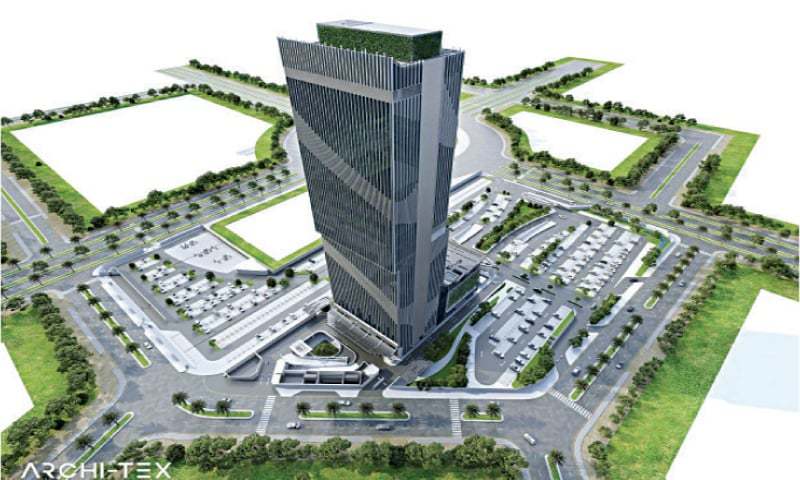Introduction
The modern urban landscape is adorned with breathtaking skyscrapers that seem to defy gravity and touch the sky. These towering symbols of human ingenuity stand as a testament to our ability to reach new heights in architectural and engineering prowess. The evolution of high-rise commercial tower construction is a captivating journey that intertwines technological advancements, innovative design principles, and an unwavering human spirit to conquer new summits. From the towering marvels of the past to the cutting-edge skyscrapers of today, this article delves into the remarkable evolution of high-rise commercial tower construction.
Historical Foundations
The seeds of high-rise construction were sown in the 19th century as cities began to grow vertically to accommodate growing populations and limited space. The first generation of skyscrapers, such as the Home Insurance Building in Chicago (completed in 1885), utilized iron and steel frameworks to rise above their masonry-clad predecessors. This marked the dawn of a new era where advancements in materials and construction techniques laid the groundwork for even greater feats of architectural imagination.
The Rise of Steel and Structural Innovation
The utilization of steel frameworks revolutionized skyscraper construction by enabling buildings to reach unprecedented heights. With the advent of the steel skeleton, architects were no longer confined by load-bearing walls, paving the way for designs that showcased soaring glass façades and unique silhouettes. The Chrysler Building in New York City (completed in 1930) exemplified this era with its distinctive Art Deco design, characterized by its stainless-steel spire and ornamentation.
Engineering Marvels of the Modern Era
The latter half of the 20th century witnessed the development of advanced engineering techniques, further pushing the boundaries of high-rise construction. Innovations such as the tubular system, where a building’s outer walls function as its primary structural support, gave rise to iconic structures like the John Hancock Center in Chicago (completed in 1969). As computer-aided design and simulations became integral, architects and engineers collaborated closely to optimize designs for both aesthetics and structural integrity.
Sustainable Skyscrapers and Vertical Cities
The 21st century brought forth a heightened focus on sustainability and vertical urbanism. As concerns over energy consumption and environmental impact grew, architects and engineers embraced green design principles. Skyscrapers like the Burj Khalifa in Dubai (completed in 2010) incorporated features like energy-efficient glass and solar shading to mitigate their ecological footprint. Furthermore, the concept of vertical cities gained traction, with buildings designed not just as standalone structures, but as interconnected ecosystems with mixed-use spaces, greenery, and integrated technology.
Towards the Future: Materials and Beyond
Looking ahead, the evolution of high-rise commercial tower construction continues its trajectory of innovation. Emerging materials like carbon fiber and self-healing concrete hold the promise of even greater structural efficiency and resilience. As architects push the boundaries of design, parametric modeling and artificial intelligence are poised to play a pivotal role in creating structures that seamlessly balance form and function.
Conclusion
The evolution of high-rise commercial tower construction is a story of relentless human ambition, creative exploration, and technical mastery. From the early steel-framed pioneers to the present-day sustainable giants, skyscrapers have transcended their functional purpose to become icons of modernity and progress. As architectural marvels continue to pierce the skies and redefine cityscapes, they serve as a tangible reminder that humanity’s reach knows no bounds when it comes to innovation and pushing the limits of what’s possible.


